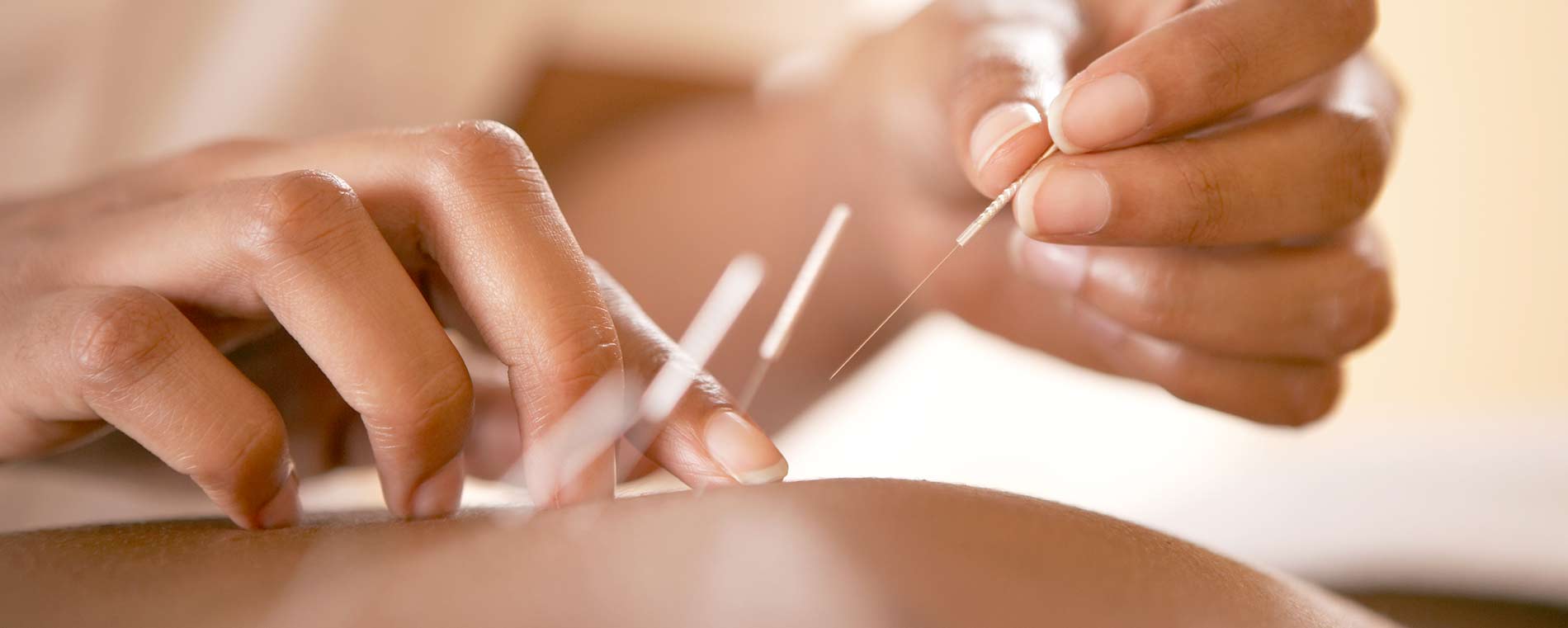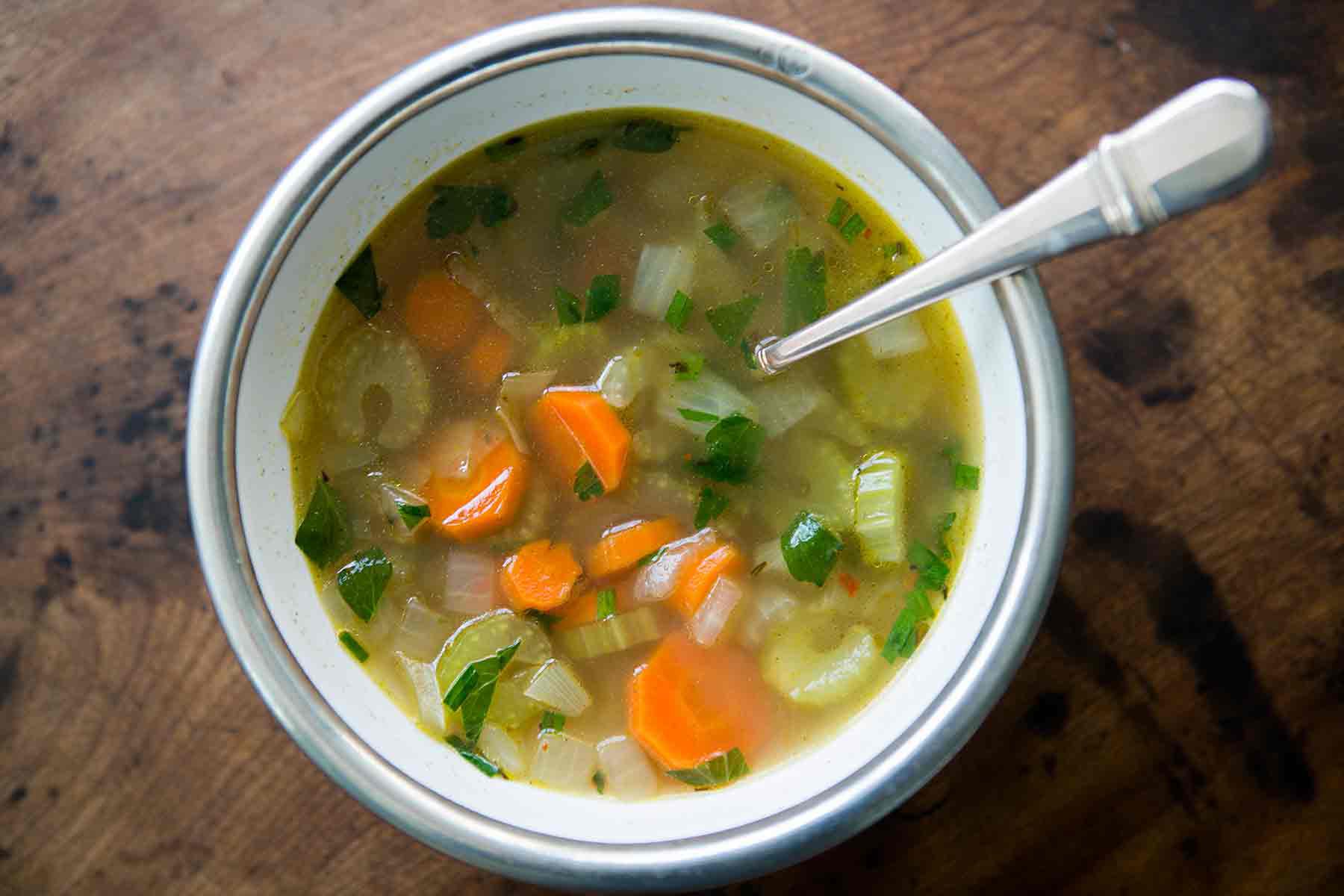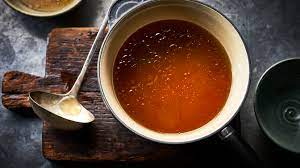What Is Preeclampsia?
Preeclampsia is a condition in which pregnant women experience a sudden increase in blood pressure anytime after 20 weeks of pregnancy. The condition is also marked by high levels of protein in the urine. Women with preeclampsia may experience fluid retention as well. Preeclampsia can harm the kidneys, liver, and brain and may lead to long-term health problems. It can also be fatal for both mother and baby. Consequently, it is not something to mess around with.
Signs of Preeclampsia
Women with preeclampsia often do not feel ill. However, they may experience these symptoms:
- swelling of the hands, face, and/or eyes
- weight gain of more than two pounds per week (or a sudden weight gain over one or two days)
- dull, throbbing headaches that don’t subside
- blurred vision, light sensitivity, or temporary loss of vision
- abdominal pain (usually felt on the right side, underneath the ribs)
- pain in the right shoulder
- agitation
- decreased urine output
- nausea and vomiting
What Increases My Risk of Developing Preeclampsia?
Preeclampsia is most common in the first pregnancy, but can occur during all pregnancies. The main risk factors for preeclampsia are:
- Previous history of preeclampsia, particularly if onset is before the third trimester
- History of chronic high blood pressure, diabetes or kidney disorder
- Family history of the disorder (i.e., a mother, sister, grandmother or aunt who had the disorder)
- Women with greater than 30% Body Mass Index (BMI).
- Multiple gestation
- Over 40 or under 18 years of age
- Polycystic ovarian syndrome
- Lupus or other autoimmune disorders such as rheumatoid arthritis, sarcoidosis or MS
Natural Ways To Prevent Preeclampsia
1. Increase Fiber. It has been suggested that increasing dietary fiber can prevent preeclampsia. One study suggests that out of 383 women, the ones who consumed more than 24 grams of fiber a day (the top 25% for consumption) has a 51% reduction in the risk for preeclampsia.
2. Don’t Skip Protein. Eat at least 80-100 grams of protein daily. According to the brewer diet, this is the most important thing you can do to prevent preeclampsia
3. Get Your Vitamin D. A new study has shown vitamin D deficiency to be a risk factor in developing preeclampsia in pregnancy. Most Australians have less than optimal levels of vitamin D and it may be helpful to get a vitamin D test to check your levels. Talk to your Natural Health Practitioner to find out what levels are optimal.
4. Eat at least 2400 calories per day: The energy and nutrient demands of pregnancy can only be met by consuming enough nutrient-dense, quality calories. Not meeting those needs consistently may lead to preeclampsia in pregnancy.
5. Stress Reduction: Studies on the role of stress in the development of preeclampsia have yielded mixed results so far. However, some research suggests that stress may increase your risk for the condition. To lower your stress levels, consider taking up a daily stress management routine that includes practices such as prenatal yoga, meditation, tai chi, deep breathing, or guided imagery. Acupuncture and massage are also great stress-reducing therapies.
6. Antioxidant Supplements: In a 2003 study, researchers found that women with higher levels of alpha-carotene, beta-carotene, beta-cryptoxanthin, lutein, and zeaxanthin had a decreased preeclampsia risk compared to those with low levels of these antioxidant vitamins. Talk to your Practitioner about increasing your antioxidant levels.
7. Watch Your Weight: If you are overweight, consider weight loss. Since a risk factor to developing preeclampsia is a BMI over 30%, weight reduction may decrease your risk of developing preeclampsia again. If you need help losing weight, find out how we can assist here.
8. Diabetes Management: If you have insulin-dependent diabetes mellitus, good control of your blood sugars before becoming pregnant and early in pregnancy reduces your risk for having preeclampsia again.
9. Exercise: Exercise has also been indicated as a prevention method. Basically, exercise improves circulation which in turns improves blood pressure. Speaking of exercise, stretching exercises may be more effective at reducing the risk of preeclampsia than walking is for pregnant women who have already experienced the condition and who do not follow a workout routine, according to researchers at the University of North Carolina at Chapel Hill School of Nursing. So a simple yoga dvd could just do the trick.
10. Stay well-hydrated: Drink according to thirst, aiming for about 2-4 litres of water, herbal teas and juices. We recommend beginning the day with the juice of 1/2 lemon added to one cup of warm water. Follow this with 2-3 more cups of pure water over the next hour. The rest of the day sip from one litre of water and one litre of your pregnancy tea infusion. Limit juices to small amounts of fresh squeezed/juiced or diluted with naturally carbonated water for a spritzer.
11. Supplement: Consider supplementing with calcium and magnesium and talk to your Practitioner about which type you need. Epsom salt baths can also be useful for extra magnesium absorption.
12. Salt Is Needed: Do not limit your salt intake, and use salt to taste. Never use table salt whether you are pregnant or not – the quality of table salt is low and not great for your health. Always use sea salt or Himalayan crystal salt.
Even if you do everything right, it is still very important to monitor your blood pressure and urine protein regularly. If your levels or readings become elevated, it is important for you to remain vigilant as preeclampsia can quickly develop into a very dangerous, life threatening condition. Always inform your doctor or midwife of any changes you detect, and continue to have regular check-ups.










